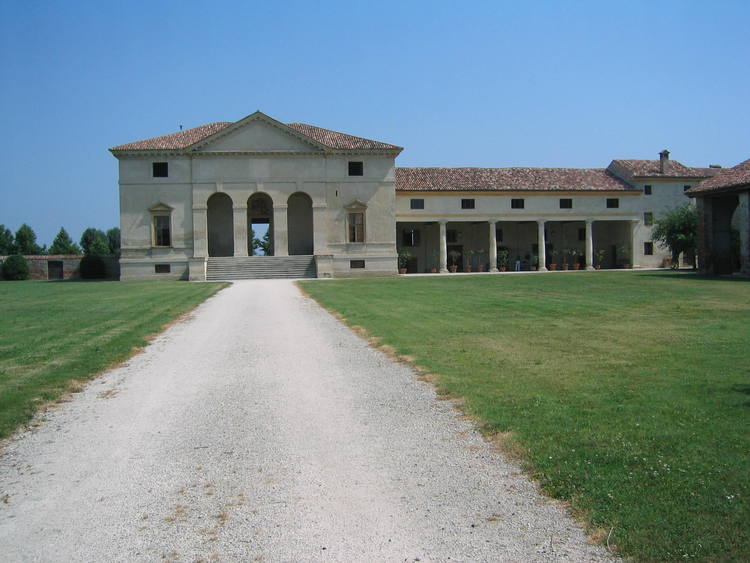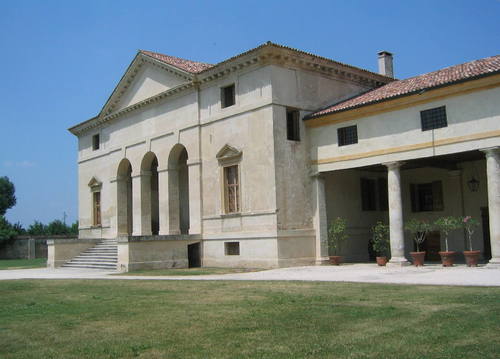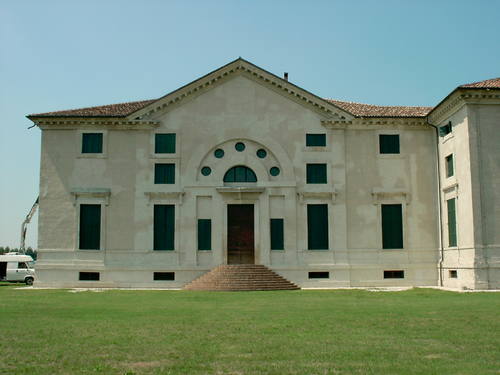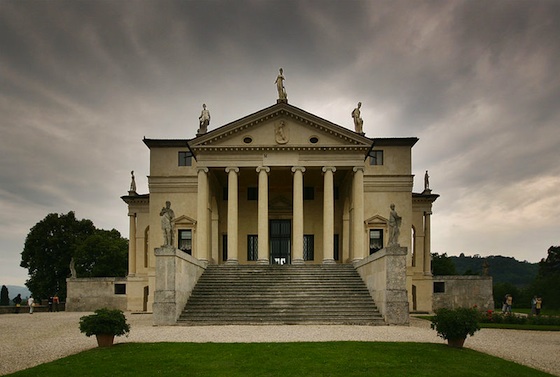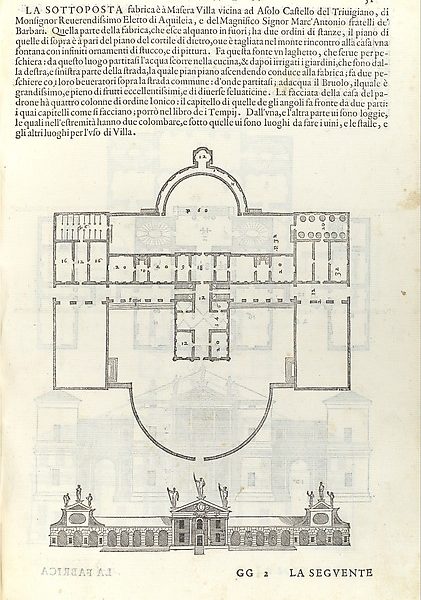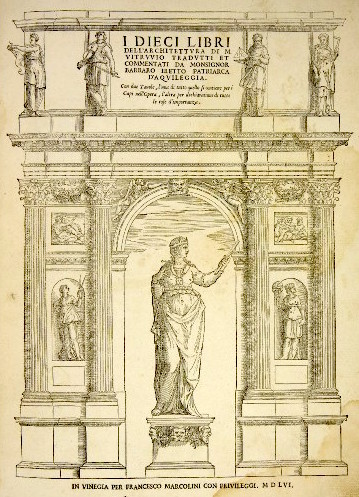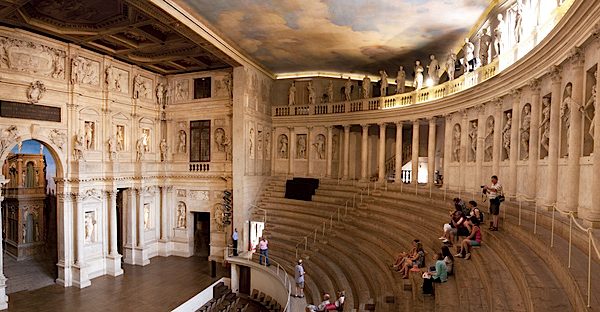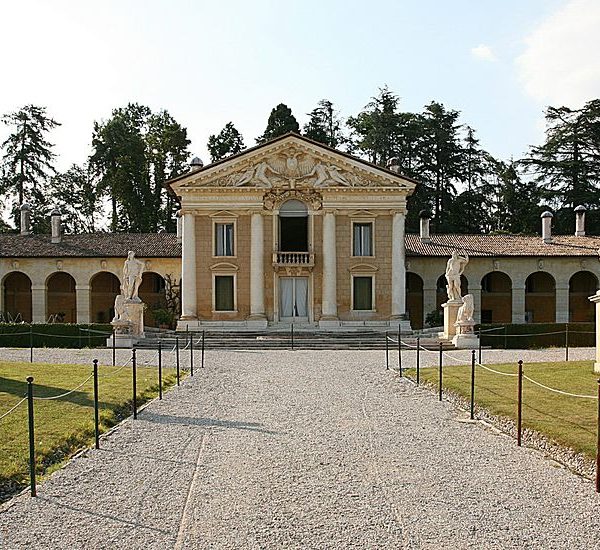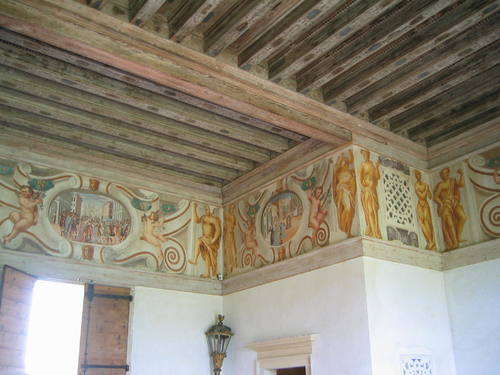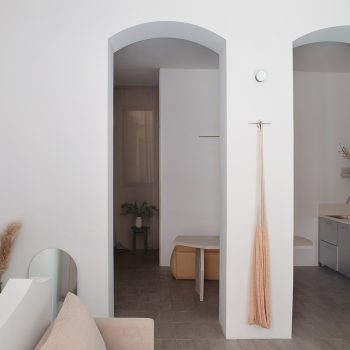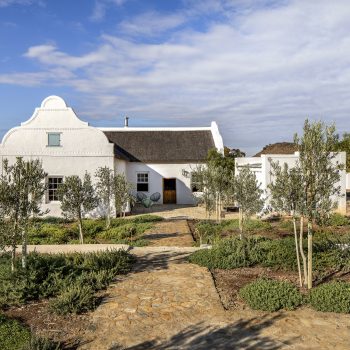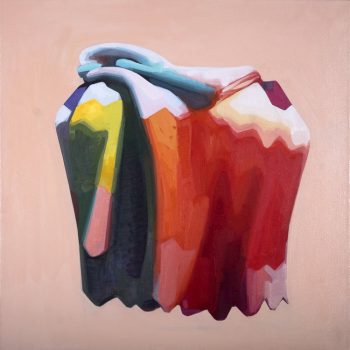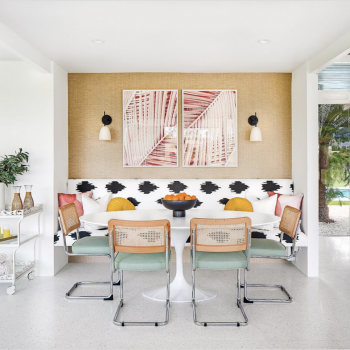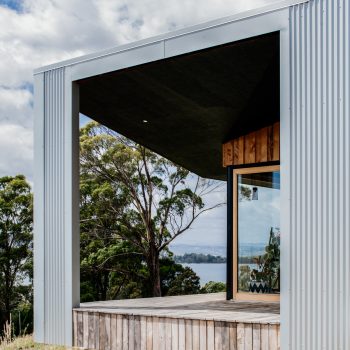Palladian villas still influence architecture in the 21st century. Read about Palladio’s innovations in terms of linear perspective in the 16th century.
When studying art history I remember being excited by and enamoured of Palladio’s (1508 – 1580) villas projecting mellifluous and powerful symmetry. It still seems impossible that the inherent beauty of this architecture dating from the 16th century could retain impact up to the present day.
Over a career of five decades, he redefined the style and nature of the Renaissance villa, articulated a new design in church architecture reflecting his assimilation of ancient Roman buildings, and assured international fame for his creations through the publication of his treatise, the Quattro Libri dell’Architettura.
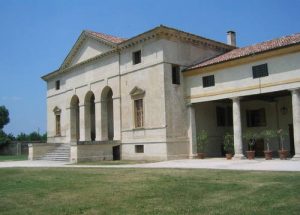
Thus the origins of Palladio’s architecture go back much further than the 16th century. Andrea Palladio himself illustrated the first Italian translation of Vitruvius’ architectural treatise, whose De Architectura (On Architecture), written around 27 BC, (comprising Ten Books) explained how to construct a theater and described set decoration.
Commanding and stately, proportionally they seemed made for their locations within the landscape; in hindsight they embodied a sense of power, influence and order.
Similarly, Teatro Olimpico imprinted our psyche’s: as monumental, a force of architecture and innovation. Located in Vincenza, near Venice, the fact that it has survived from 1585 is a remarkable feat.
Teatro Olimpico gives form to the period’s knowledge of classical Roman architecture and puts into practice contemporary artistic developments like linear perspective.
 Italy in the 16th century saw a revolution in terms of theatrical performances and those of the Medici are legendary. While theatre had existed throughout the Middle Ages, it was typically religious and performed in the village square.
Italy in the 16th century saw a revolution in terms of theatrical performances and those of the Medici are legendary. While theatre had existed throughout the Middle Ages, it was typically religious and performed in the village square.
In the 16th century that all changed. As an aside here, it was in the 16th century of the Medici, that theatre as we know it today blossomed, and opera in particular.
However, Vitruvius described the style of ancient Roman theatre as well as architects such as Palladio being influenced by ancient ruins, for example Architects tried to grasp the rules and methods of the Roman builders
The stage of Teatro Olimpico is a three-tiered façade or scaenae frons
The scaenae frons is the elaborately decorated permanent architectural background of a Roman theatre stage. Normally there are three entrances to the stage, Teatro Olimpico has five…
 One of Palladio’s architectural masterpieces, the Villa Barbaro (1557–58) overlooks the farmlands near Vicenza. With an elongated design, it has a central wing with several side pavilions and courtyards echoing the features of a typical farmyard of the Veneto region.
One of Palladio’s architectural masterpieces, the Villa Barbaro (1557–58) overlooks the farmlands near Vicenza. With an elongated design, it has a central wing with several side pavilions and courtyards echoing the features of a typical farmyard of the Veneto region.
Prominent Venetian painter Paolo Veronese’s (1528 – 1588) sophisticated and subtle palette incorporate the surrounding idyllic countryside in various murals as well as depicting scenes from contemporary villa life that transform the cruciform sala into an apparent colonnade.
___________________________________________________________
Paolo Veronese (born 1528 Verona – died 1588 Venice), one of the major painters of the 16th-century Venetian school.
Paolo was born in Verona – hence his nickname ‘Veronese’. His father was a stonecutter and his mother was the illegitimate daughter of a nobleman called Caliari, a name the artist adopted in the 1550s. Veronese moved to Venice in the early 1550s and stayed there for the rest of his life, becoming one of the leading painters of the 16th century.
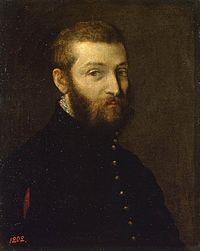
He was trained in Verona by Antonio Badile (about 1518–1560) whose daughter he married in 1566. Subsequently, it seems he served a stint in the studio of Giovanni Battista Caroto (1488–about 1563/6). The roots of his style may be located in the antique architecture and sculpture of Verona, but are ultimately his own synthesis of Central and Northern Italian influences.
In Venice Titian’s approach to composition, narrative, and colouring was crucial for Veronese, but his work is characterised by principles of harmony and compositional cohesion that owe as much to Raphael and the Central Italian tradition as to the Venetian. The flowing, sinuous line of Parmigianimo is also an important precedent.
For most of his career, Veronese worked for patrons, religious and secular, in Venice and the Veneto. Among his important works are the full-scale decoration of the Venetian church of S. Sebastiano (1555–around 1570), his ceiling and wall paintings for the library of S. Marco (1556–57) and the Ducal Palace (early 1550s and 1575–82), and his fresco decorations of the Villa Barbaro at Maser (around 1560), as well as a range of major altarpieces. From the 1560s onwards he also produced mythological pictures for an international clientele.
One of his specialities were large-scale scenes of feasts, and one of these, a Last Supper, painted for a Dominican friar in 1573 (now in the Accademia in Venice), provoked the Inquisition because it included a wealth of what the inquisitors perceived to be irreverent detail.
He was asked to explain why the painting contained “buffoons, drunken Germans, dwarfs and other such scurrilities” as well as extravagant costumes and settings, in what is indeed a fantasy version of a Venetian patrician feast.

Veronese defended the painter’s right to ‘take the same licence as poets and jesters take’. He eventually changed the title to ‘Feast in the House of Levi’, rather than revise the painting itself.
Veronese ran a large workshop assisted by his brother Benedetto and his sons Gabriele and Carlo (or ‘Carletto’). They carried on his studio after his death.

